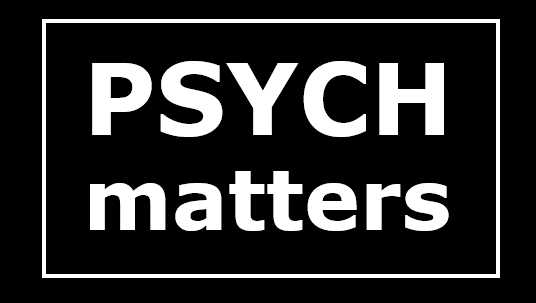Jeopardy Labs: Create Your Own Jeopardy Board
Do you play Jeopardy in class as a test review? Jeopardy Labs makes it easy to create a web-based Jeopardy game. Here is one created for the “Biological Bases of Behavior” chapter in an Advanced Placement Psych class. In the opening screen, decide how many teams will be playing. You can choose up to 12. Click “Start” to bring up the board. Clicking “100” under “The Neuron” produces this question. Students buzz in by whatever method you’d like. After the team responds, click “Correct Response” to show the correct answer. At the bottom of the screen, click +/- to add/subtract points to the responding team’sRead More →
